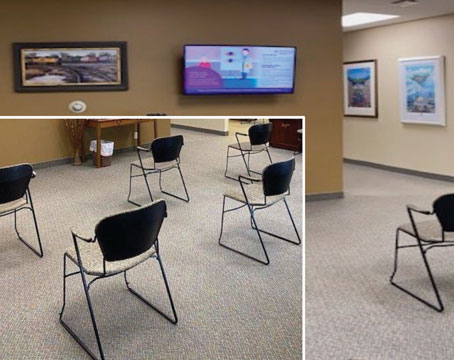We often hear doctors complain that they do not feel their can sell their practice for any significant value. They generally do not feel the practice is worth anything, especially if they do not have younger partners to buy them out.Even in larger medical practices with a significant number of younger physicians, most doctors maintain the same complaint. While they may typically have a right to couple of months of payments from accounts receivable after they retire, this is a pittance compared to the value they have brought to the practice over the years.
So what can you do about it? There is no white knight who will come in and buy your practice for a seven-figure sum, especially if you may be retiring this year or in the near future. There are ways to, in essence, "sell" your practice for millions of dollars, if you plan and prepare for retirement. Here's one to consider.
Plan, and Plan Early
Common sense advice—that neither an outside party like a management company nor insiders such as younger doctors will suddenly cut you a seven-figure check as you are about to retire—is absolutely correct. If your buy-out plan is to just simply and go about your practice as a physician and see patients, with no forethought business-wise about how you will sell your practice when you retire, you will get virtually nothing for your practice. On the other hand, if at the outset of your practice, 10, 20 or even 30 years before you retire, you begin funding a buy-out vehicle for your practice upon retirement, and you do this properly, you are almost assured of getting a multi-million dollar check upon retirement.
While we will see a couple of alternative techniques below, the key point is simple—buyouts of medical practice need to be planned, they need to be funded over time, and they need the commitment of the physician many years prior to the "sale." In this way, the best thing you can do to insure that you will receive millions upon your retirement for your practice, is to focus on this issue today, and implement a plan as soon as practicable.
Funding the Buyout
Traditional retirement plans are likely the only ones you have heard of–qualified plans such as pensions, profit-sharing plans, 401(k)s, 403(b)s, and, for these purposes, SEP-IRAs and Keoghs. What are non-traditional plans? These are less well-known to physicians and may be called non-qualified deferred compensation plans or split-dollar plans.
As an example here, let's consider non-qualified deferred compensation plans. These plans are relatively unknown to physicians even though most Fortune 1,000 companies make them available to their executives. While many of these plans in public companies involve company stock or stock options (which, of course, do not work in a medical practice environment), many use structures that a physician certainly could easily employ in a practice.
Because they are not "qualified," these plans can be offered only to a few employees—such as the physicians, or only partner physicians. Most importantly for this discussion, there are many ways this type of plan can create a large buy-out fund for retiring physicians, including:
• Require each physician to put a certain dollar amount or income percentage into the plan. The plan's funds then grow over a period of years and, as each older physician retires, he has a right to a certain percentage of the plan assets. Of course, this would be in addition to their qualified plan (i.e., pension), as well.
• There could be vesting requirements built into the plan, so if physicians leave the practice they may/may not lose their benefits in the plan, allowing remaining doctors to benefit from their share.
While the alternatives are numerous, just by implementing a plan using these two steps, a medical practice could create a multi-million dollar buy-out fund over a five-to-10 year period.
Use a Captive Insurance Company to Fund the Buyout
Captive Insurance Companies (CICs) for medical practices are typically implemented for their risk management, tax, and asset protection benefits. As described in other articles, certain small CICs can enjoy beneficial tax treatment (made even better by a 2004 law signed by President Bush), allowing the physician owners an opportunity to build tax-favored wealth, as opposed to giving profits up to insurance companies. In addition to these benefits, the CIC can be an ideal source of buy-out funds for retiring physicians.
In many cases, a CIC will have significant reserves left to invest and build each year it is in existence. Over 10-20 years, the CIC could accumulate very large amounts. If a buy-out formula is layered into the stock agreements of the CIC, this can be another source of buy-out funds for doctors when they retire from the practice as well.
These are just two of a number of techniques physicians can employ to "sell" their practice lucratively when they retire. As always, the key is planning. There are no outside buyers of practices willing to pay you millions for your practice anymore. If you want such a buy-out, you must plan for it yourself.
Mr. Mandell is an attorney, lecturer and author of five books for physicians. Mr. O'Dell is a financial consultant, lecturer and author of two books for physicians. Co-founders of the financial consulting firm O'Dell Jarvis Mandell with more than 1,000 doctor clients nationwide, they welcome readers' questions. Contact them at 1 (800) 554-7233 or odell@ojm group.com for a free audio CD that further discusses personal and practice strategies, or visit ojmgroup.com to order online.






